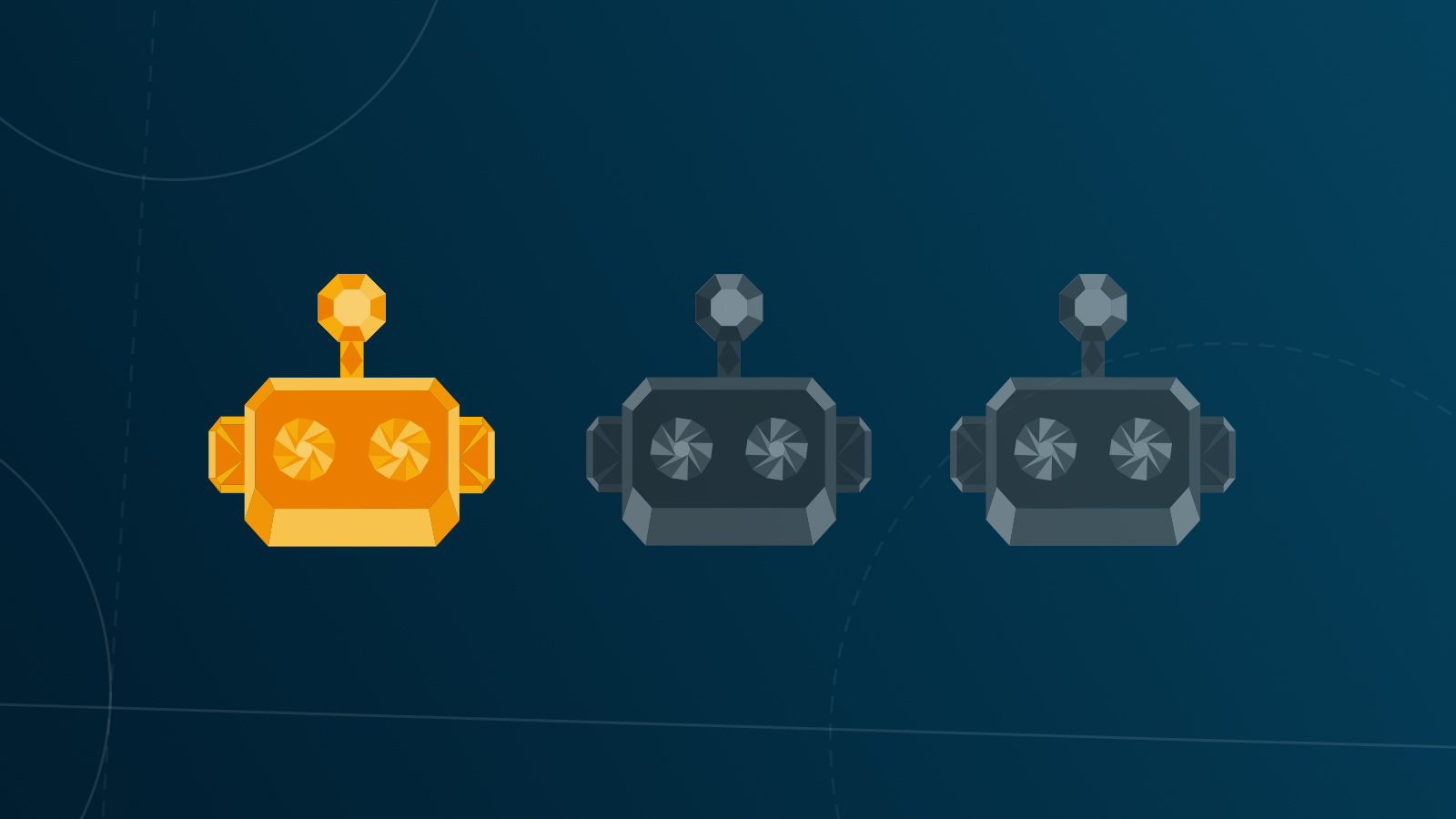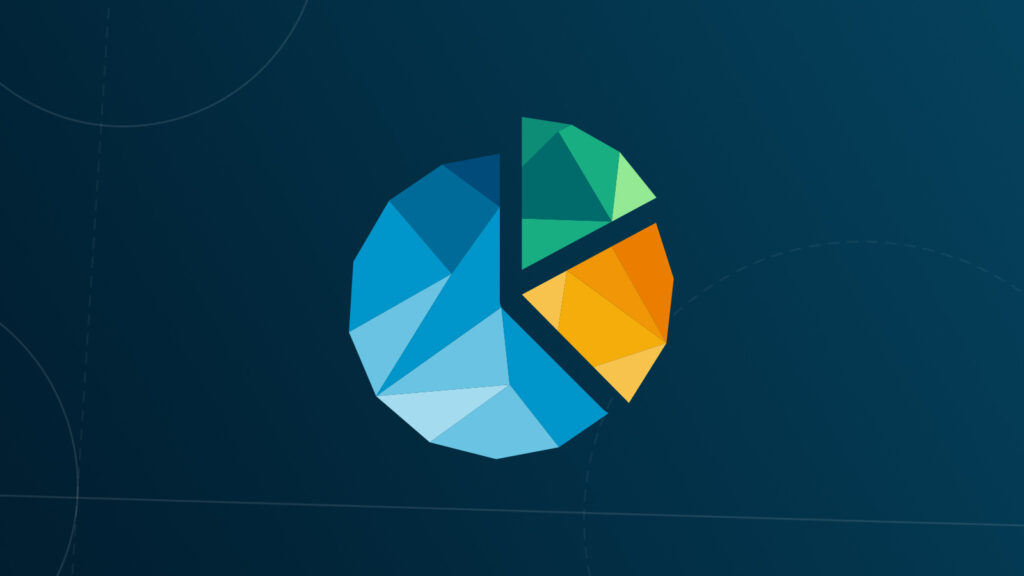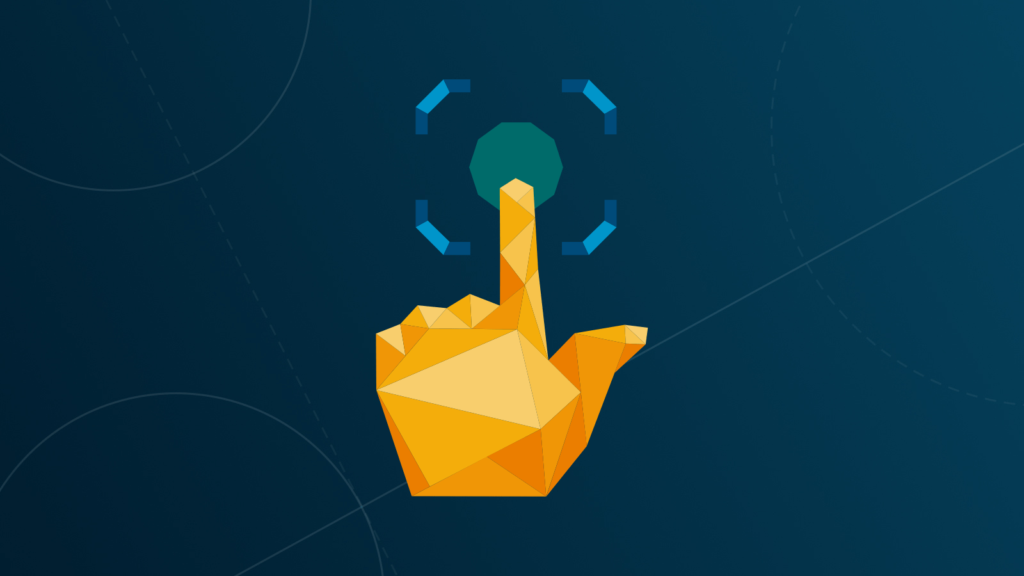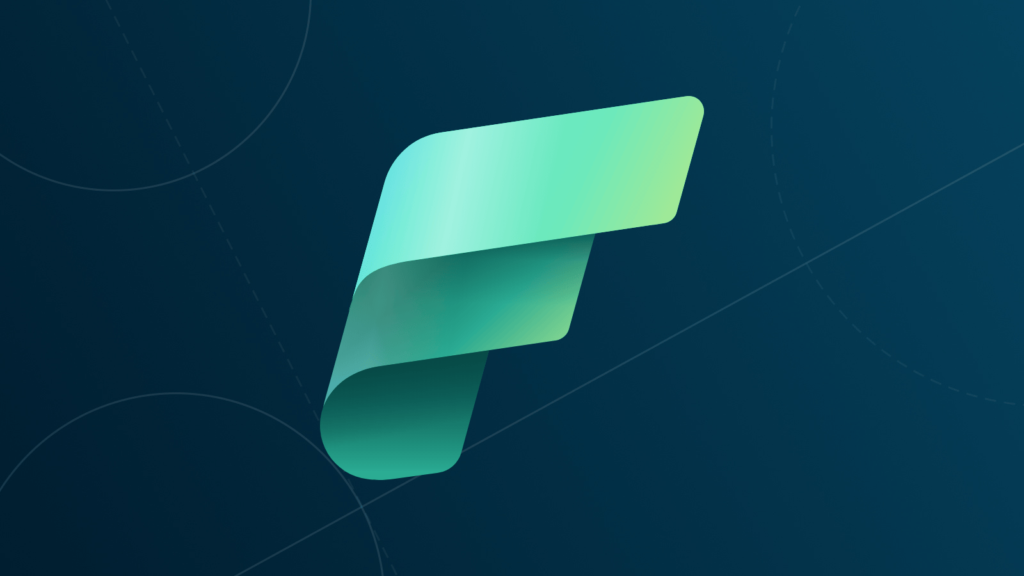
In this first of a three-part series on Agentic AI, we take a look at what it is, where it’s being used, and why it’s different to its technological predecessors. In parts two and three, we’ll go on to look at use cases, Microsoft’s Azure AI Foundry Agent Service, and six key considerations to get started.
If you’re on slightly shaky ground with Agentic AI, then you’re in the right place. Although Agentic AI is a rapidly emerging area of artificial intelligence, it’s still not widely understood outside those specialising in autonomous systems.
What is Agentic AI?
Rather than just responding to prompts like a chatbot, Agentic AI proactively pursues objectives – with autonomy, goal-directed behaviour, and adaptive decision-making.
In psychology, ‘agency’ is the capacity to act and produce results, so we’re talking about artificial intelligence that demonstrates that ability. Agentic AI’s aim is to achieve specific goals without constant human oversight.
Why Agentic AI is different
While much of the AI you may be familiar with follows predefined rules or produces prompt-based content, Agentic AI…
- Exhibits autonomy | This means it can initiate actions and not just react to instructions
- Solves multi-step problems | It can deal with complex, sequential workflows
- Learns and adapts | Like a real-life coworker, it will improve over time through feedback loops and real-world interactions
- Coordinates tasks | This enables an agent to handle specific tasks and work in tandem with other agents towards a shared goal
And it’s the element of autonomy that makes Agentic AI so different. While assistants such as Copilot support people, Agents complete goals.
How Agentic AI works
Before we look at the underlying technology, let’s first understand the process.
Agentic AI typically follows a four-step process.
- Perceive | First, it gathers data from sources such as sensors, databases, or user interactions
- Reason | Then, using a large language model, it understands the task and generates strategies
- Act | Utilising APIs, software tools, or other systems, it executes the task
- Learn | Finally, using feedback and outcomes from previous actions, it refines its performance
From a technical perspective, each Agent has three core components:
- A Large Language Model which powers reasoning, language understanding, and planning
- Instructions to define the Agent’s goals, behaviour, and constraints
- Tools which allow the agent to retrieve knowledge or take actions
In reality, this relies on a whole host of underlying technology, such as OpenAI GPT, Claude, Mistral or Gemini for the Large Language Model (LLM), the likes of LangChain, AutoGPT, MetaGPT or CrewAI for the autonomous agents framework which enables multi-step task execution and decision-making, and integration tools and APIs which will allow Agents to interact with external systems, for example Zapier, REST APIs, and browser automation.
Then there are vector databases like Pinecone or Weaviate, so Agents can retain informations across tasks and sessions, Reinforcement Learning Libraries (such as Ray RLlib and OpenAI Gym) which train Agents to make better decisions, and Orchestration Platforms such as Microsoft Azure AI Studio, HuggingFace Transformers, and IBM Watson Orchestrate to coordinate multiple Agents and workflows.
On first glance that probably sounds rather daunting, but that’s where technologies like Microsoft’s Azure AI Foundry Agent Service come in. Essentially, it’s a fully managed platform for building, deploying, and scaling Agentic AI systems, which we look at in further detail in the second blog of this series.
Where might you use Agentic AI?
In customer service, Agentic AI is already being used to handle refunds, schedule appointments, and resolve issues proactively. In finance, we’re seeing Agentic AI used to assess creditworthiness, automate mortgage or loan approvals, and manage aspects of compliance. In healthcare, it can extend accessibility providing after hours appointment booking and triaging patient queries, while the Government’s Department of Science, Innovation and Technology is exploring how Agentic AI can help people access and register for a range of public services.
With capabilities like these, it follows that you can build personal productivity agents for your knowledge workers (or yourself!) that manage calendar, emails, routine tasks, and to-do lists.
What must you be careful of?
There are also a series of potential ‘gotchas’ with Agentic AI: questions that need careful consideration.
What should or shouldn’t you use Agentic AI for? What boundaries do you want to set? Does it affect IT security? How do you avoid bias and ensure fairness? What governance measures will be required? And what of compliance?
Most importantly of all, how do you ensure that as a result of all this work Agentic AI delivers genuine value to your organisation? We’ll look at this in detail in our third and final blog of the series when we set out six key considerations to getting started with Agentic AI.
Next steps
Be sure to follow up this blog with the following two parts, but if you’re keen to learn more directly from an expert, then we’re here to help. Request a call with a member of our team today and find out how Cloud Direct can help you successfully benefit from the use of Agentic AI.




